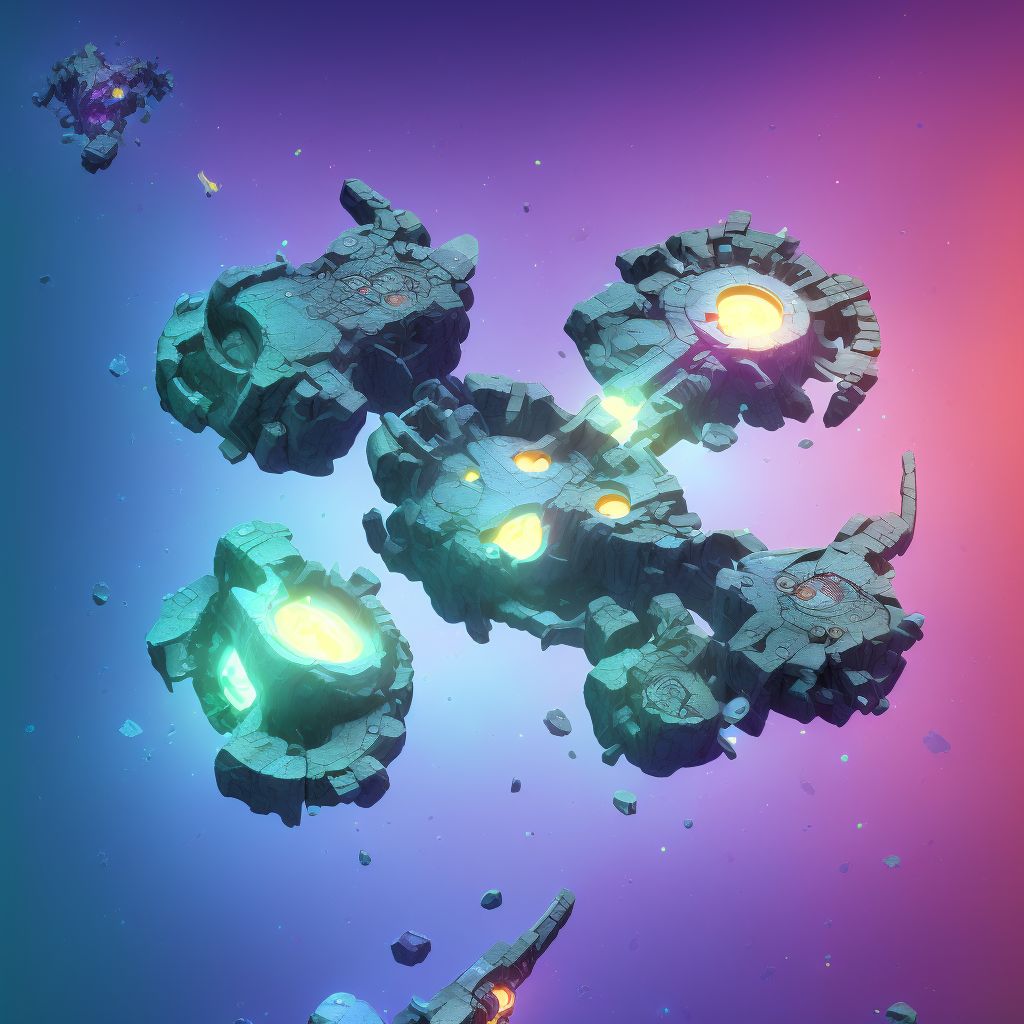
Displaced oblique fracture of shaft of left fibula, subsequent encounter for open fracture type IIIA, IIIB, or IIIC with nonunion Save
ICD-10 code: S82.432N
Disease category: S82.432: Displaced oblique fracture of shaft of left fibula
Displaced Oblique Fracture of Shaft of Left Fibula: Understanding Nonunion and Subsequent Encounters
When it comes to fractures, the displaced oblique fracture of the shaft of the left fibula is a significant injury that requires careful attention. In some cases, the fracture may result in nonunion, which can further complicate the healing process. This article aims to shed light on the subsequent encounters associated with open fracture types IIIA, IIIB, or IIIC with nonunion.
Nonunion refers to a situation where a fracture fails to heal properly within a specific timeframe. In cases of displaced oblique fractures of the left fibula, nonunion can occur due to various factors, such as inadequate blood supply, infection, poor immobilization, or excessive movement of the fractured bone ends. It is crucial to recognize nonunion early on to ensure appropriate management.
During subsequent encounters for open fracture types IIIA, IIIB, or IIIC with nonunion, healthcare professionals focus on evaluating the patient's condition and determining the best course of action. This typically involves a thorough examination of the fracture site, assessing the patient's symptoms, and conducting diagnostic tests like X-rays or CT scans to assess the extent of nonunion.
- Examination of the fracture site: Healthcare providers carefully assess the alignment and stability of the fractured bone ends to identify any potential complications or abnormalities.
- Evaluation of symptoms: Patients may experience ongoing pain, difficulty walking, or swelling at the fracture site. These symptoms are crucial indicators of nonunion and guide subsequent treatment decisions.
- Diagnostic tests: X-rays and CT scans enable healthcare professionals to visualize the fracture site in detail, providing valuable information about the healing progress and identifying any potential underlying issues.
Based on the evaluation, healthcare providers can then determine the most appropriate treatment options to promote bone healing and address nonunion effectively. Treatment may involve surgical intervention, such as bone grafting or the use of fixation devices, to stabilize the fracture site and encourage bone regeneration.
In conclusion, a displaced oblique fracture of the shaft of the left fibula can lead to nonunion, requiring subsequent encounters for open fracture types IIIA, IIIB, or IIIC. By recognizing the signs of nonunion and utilizing diagnostic tests, healthcare professionals can develop tailored treatment plans to facilitate bone healing and restore functionality for patients suffering from this injury.
Treatment of Displaced oblique fracture of shaft of left fibula, subsequent encounter for open fracture type IIIA, IIIB, or IIIC with nonunion:
Treatment Options for Displaced Oblique Fracture of Shaft of Left Fibula with Nonunion
Displaced oblique fractures of the shaft of the left fibula with nonunion can be complex and require careful treatment planning. This type of fracture is classified as type IIIA, IIIB, or IIIC, indicating the severity of the fracture and the presence of an open wound.
When it comes to tre...
To see full information about treatment please Sign up or Log in